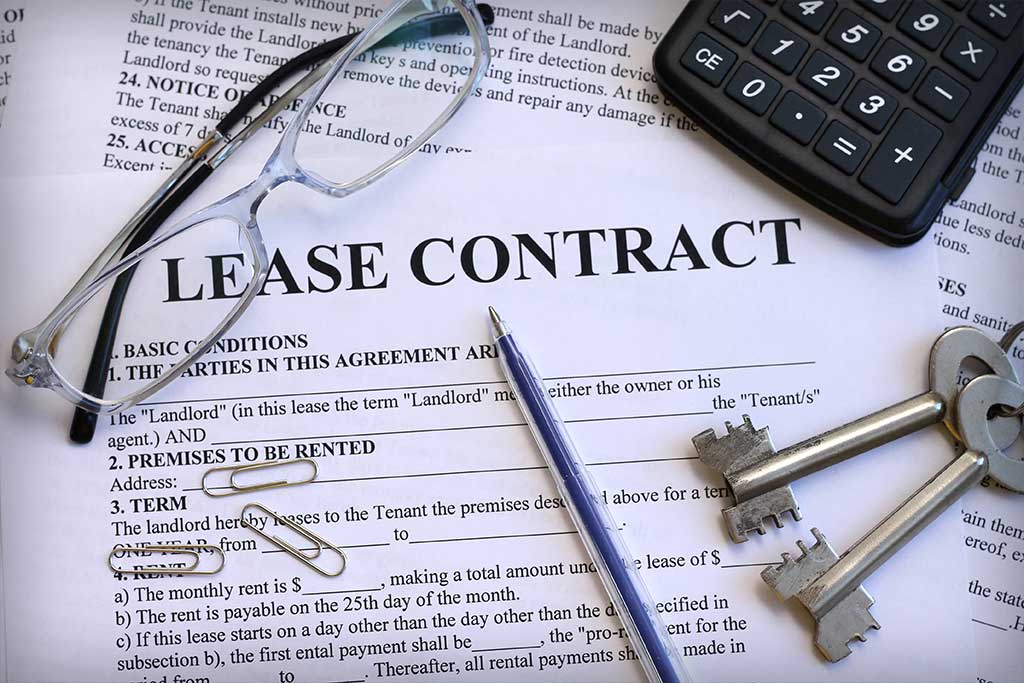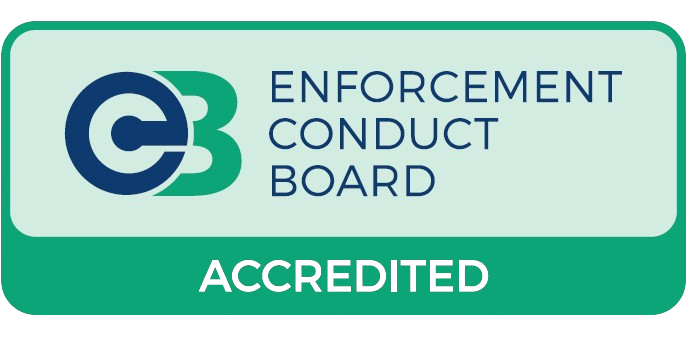Relief from Forfeiture — Plain-English Guide for Landlords
Understand when tenants can be reinstated after forfeiture, how courts approach relief, and how careful lease drafting strengthens your position.
Quick Summary
- Court may reinstate leases if arrears are paid or breaches are remedied promptly.
- Rent arrears claims: six-month county court window (s.138 County Courts Act 1984).
- Residential leases: extra protections (no peaceable re-entry; tribunal steps often required).
- Draft precisely: reserve service charge/insurance “as rent” in commercial leases.
What is Relief from Forfeiture?
- It’s a safeguard for tenants: the court can give them their lease back if they put things right.
- Usually applies to rent arrears or repair obligations. Serious breaches (like illegal use) are often irremediable.
- Courts often grant relief if arrears are paid in full or repairs are made quickly, unless the landlord suffers real prejudice.
When Can Tenants Apply?
- Rent arrears: In county court, must apply within 6 months(s.138 CCA 1984). In High Court, no fixed limit, but relief should be sought within weeks( Billson v Residential Apartments ).
- Other breaches: Section 146 notice required first.
- Court conditions: Tenants must pay arrears + interest, cover landlord’s costs, and comply with covenants.
- When landlords can resist: Relief is harder where breaches are persistent, serious, or cause financial loss.
Case Examples
Example 1: Rent Arrears
A tenant doesn’t pay rent for six months. If the lease has a forfeiture clause, the landlord may instruct bailiffs to effect peaceable re-entry or apply to court. Relief is often granted if arrears + costs are paid within 6 months.
Residential caveat: No peaceable re-entry if tenant in occupation. A court order is required (Protection from Eviction Act 1977).
Example 2: Breach of Repair Obligations
For disrepair, landlord must serve a Section 146 notice. In residential leases, the Leasehold Property (Repairs) Act 1938 may also require court/tribunal approval. Relief depends on whether repairs are carried out or realistically can be.
How Lease Drafting Can Help Landlords
- Define “rent” broadly(cover service charge, insurance, etc.) in commercial leases. Draft clearly ( Escalus v Robinson ).
- Keep grace periods short (e.g., 14 days).
- Include persistent breach wording, though courts may still grant relief ( Pineport v Grangeglen ).
- Require tenants to indemnify landlord’s costs.
- State time is of the essence for rent payments.
Forfeiture of Service Charges & Insurance Rent
- Section 146 notice required for most breaches.
- If charges are reserved as rent in commercial leases, forfeiture may proceed without notice.
- Van Haarlam v Kasner (1992) – service charges not rent unless reserved.
- Freeholders of 69 Marina v Oram (2011) – residential leases still need tribunal or notice even if charges called rent.
Residential protections: Housing Act 1996 (s.81), Leasehold Property (Repairs) Act 1938, CLRA 2002 (s.168), Protection from Eviction Act 1977.
Drafting Toolkit
Model Rent Clause
The Tenant covenants with the Landlord to pay: 1. Annual Rent – £[amount], monthly in advance 2. Insurance Rent – cost of insurance 3. Service Charge Rent – tenant’s service share 4. Additional Sums – all other sums due All reserved as rent and recoverable as rent in arrear.
Model Forfeiture Clause
If: 1. any rent is unpaid 14 days after due (whether demanded or not); or 2. the tenant breaches another covenant and ignores a Section 146 notice; or 3. the tenant becomes insolvent, then the landlord may peaceably re-enter (where lawful) or apply to court, and the lease ends immediately.
Key Takeaways
- Court relief likely if arrears are paid or breaches fixed quickly.
- Good drafting strengthens landlord’s position (esp. commercial).
- Residential leases: stricter protections, tribunal/court needed.
Bottom Line
Relief from Forfeiture is a safety net for tenants and a risk factor for landlords. Good drafting, swift action, and clear evidence can make the difference.




